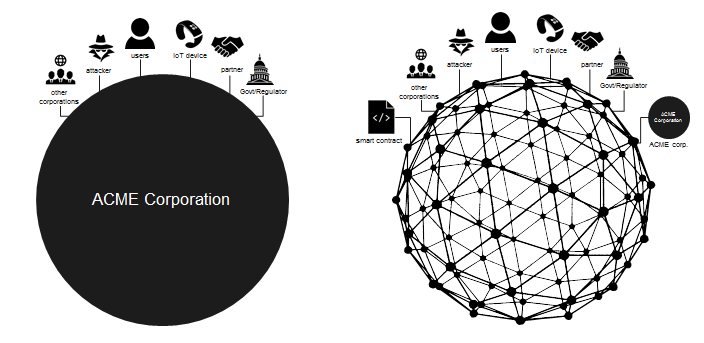1. Explanation for an absolute non-techy
Lets first take a step backwards: How would you explain a conventional computer to a non-technical friend? A device that performs computations perhaps. Most non-technical friends probably get that.
Ethereum is the same, only that instead of being a single computation device that you have physical access to, the computations run (and the results are stored) on every participating node on the Ethereum network. In case of any inconsistency in the results, the nodes on the Ethereum network can come to a consensus on which of the results is the valid one. The computations can also be permissioned such that only designated participants can execute them.
Your non technical-friend would then, quite rightly, ask why would that be of any use? The answer is that such distributed computation turns out to be rather useful when two or more parties that do not directly mutually trust each other need to come to agreement on the result of a computation (such as how much funds do I have on my account). Traditionally, transactions between such parties required interactions through trusted third parties who relied on conventional compute devices and centralised trust.
2. Explanation for someone who has a basic understanding on how web services work
For a slightly more tech-savvy friend: we can look at Ethereum as a platform to build web services. At a very high level, it looks as illustrated below (right figure), in comparison to the traditional "trusted third party" (ACME corp) model shown on the left:
Below the hood, the two models (left = traditional/centralised, right = Ethereum/decentralised) look like this as illustrated below, with:
- block creation nodes (miners): foundation layer of Ethereum, composed of any compute device running the Ethereum (full node) code.
- blockchain: for simplicity, lets assume that this is the virtual machine formed out of the collection of block creation nodes
- ledger, proof-of-X, smart contract,... : are the services that the Ethereum virtual machine provides to facilitate the development of end-user services. Examples of proof-of-X services are: proof-of-existence and proof-of-ownership.
- user service: is one or a combination of Ethereum service instances.
Most notably, observe how, in contrast to the traditional (centralised) model, ACME corp is no longer "at the centre of the universe" with all stakeholders dependent and reliant on it as a trust anchor. With the Ethereum approach, ACME corp is an arbitrary entity and your interactions with it are governed by the corresponding smart contract running on Ethereum.
[Figures are my original figures. Icons by thenounproject.com]


